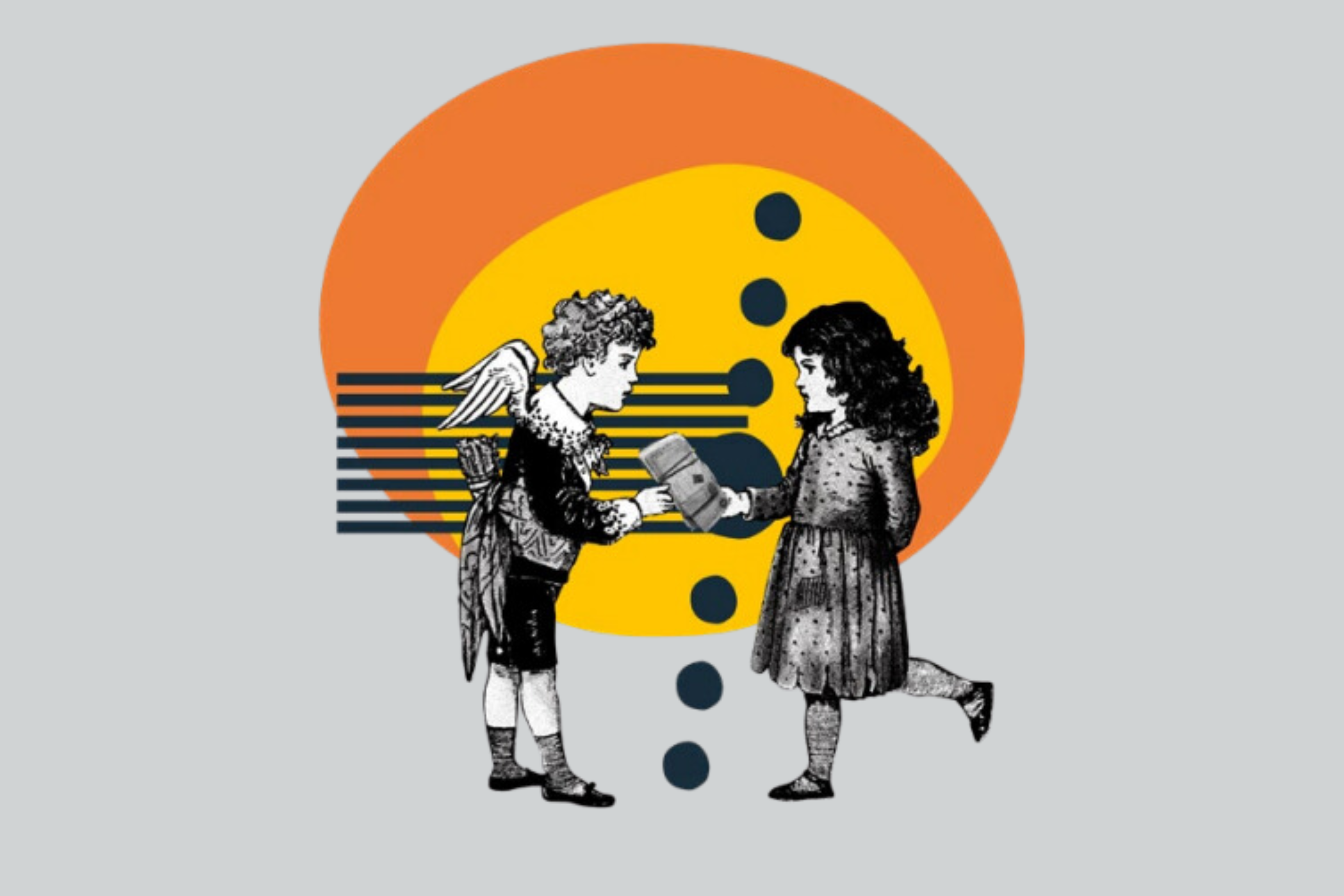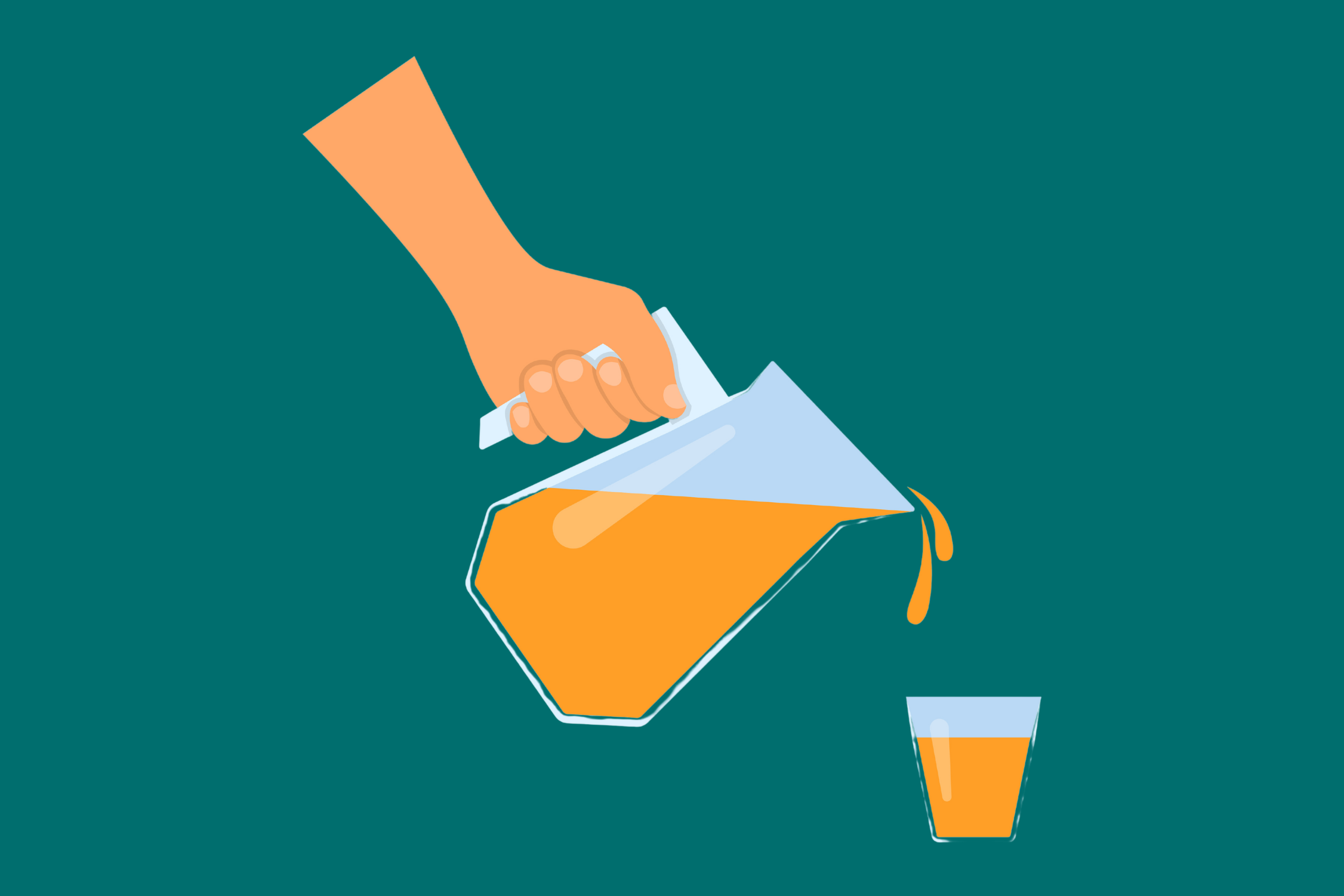A couple years ago, I was on a videoconference, presenting work I’d created with my art director for a long-time client’s new line of business. The client said they wanted to push the creative boundaries to make sure this new product wasn’t lumped in with the rest of their offerings. We took the idea and ran with it.
I had fallen in love with a really “out there” solution, convincing my art director that it was on target and my creative director that including this concept would show a broad range of thinking. So, everyone signed off on it.
When that work went up on the screen, one of the clients laughed and literally asked, “Is this a joke?” While I sat there in quiet shock, my creative director just rolled with it and said something about pushing the work; I don’t even remember his exact words because I was, at that moment, willing myself to have an out-of-body experience. I was terrified that I had lost my team’s trust and dinged the agency’s reputation in the eyes of the client. “Bad” doesn’t even begin to describe how I felt (but “destroyed” gets close).
Spoiler alert: I lived through it. I did not lose my job. We did not lose the business. I have gone on to have plenty of other awkward creative review moments, both internally and with clients. Each time, I rebound a little more quickly, and with a little more grace.
You remember the “7 Stages of Grief” from your freshman psychology class — the idea that you go on an emotional journey through shock, denial, anger, bargaining, depression, testing, and acceptance before you get over a loss? You’ll go through a similar journey following a terrible creative review, from wanting to crawl into a hole to knocking it out of the park in Round 2 and getting on with your career.
Stage 1: Feeling awful
For many of us creatives, there is an arbitrary and fuzzy line between the “work” you and the “personal” you, and having your work dumped on can cut you to the core. It’s OK to take it a little personally.
If your company culture is such that people go out and shoot the breeze or commiserate over a pint, then by all means, go out, lick your wounds, and bond. Just remember, you’ll need to be at peak creative the next morning, so don’t impair yourself.
Stage 2: Coming to terms with the truth
Set your defenses aside and be honest with yourself: Was the work bad or sloppy? Was it too radical a departure from the client’s brand or current work? Don’t automatically go to the client-bashing place. The better you’re able to come to terms with what isn’t working, the easier it will be to make your work better.
Stage 3: Admitting you made a mistake
Let your creative director know that you took the feedback during the creative review seriously and are eager to try again. A good creative director will never throw you under the bus for one misstep. But remember, your work is a direct reflection on them, so your creative director might not be feeling too great right about now either.
Stage 4: Asking for help
One of the most important steps for getting the work right is to meet with your account team and spend some quality time with the creative brief. This document is your roadmap when you start a job. The creative brief represents your account team’s best efforts at conveying the client’s insights and desires. If you think it’s off-base, it’s worth having a conversation with your account team so they can then talk to the client and revise the brief. Your account team doesn’t always get creative, but they know strategy, which is just as important for doing the job right.
Stage 5: Sweeping it under the rug for a few hours
Seeing your work publicly derided and then taking responsibility for it is a lot for a sensitive creative person to handle! If time allows, give yourself a night to deal with it and then put it behind you. Treat yourself to a nice meal, see some friends, or just watch cat videos and go to sleep early; whatever works to take your mind off the situation for the night.
Stage 6: Kicking butt on Round 2
When you’re finally ready to pick back up on Round 2, don’t be hobbled by fear of failure, and don’t play it safe because you want to avoid the sting of criticism. Start with as much creative gusto as you had for Round 1; just be informed by what you learned. Make time for check-ins with your creative director, and work even more closely than usual with your account team.
Stage 7: Getting over it
Coming around full circle to that abysmal creative review I suffered: I got over it, and started hitting my stride again within a week. Eventually, the “is this a joke” ad became a punch line that my fellow creatives would tease me with when I was getting too cocky about an idea.
Bombing a creative review isn’t the end of the world, and through your career, you will come up with new and interesting ways to be wrong. But if you take the time to learn your lessons, you’ll find ways to keep going — and keep growing — as a professional.
Lisa is a Creative Circle candidate and seasoned advertising copywriter who lives in Los Angeles. Her background includes both in-house and agency work on Fortune 500 and global accounts in the consumer and healthcare/pharmaceutical fields. She excels at words, fashion, and cats. If you want to work with Lisa, contact Creative Circle Los Angeles.



